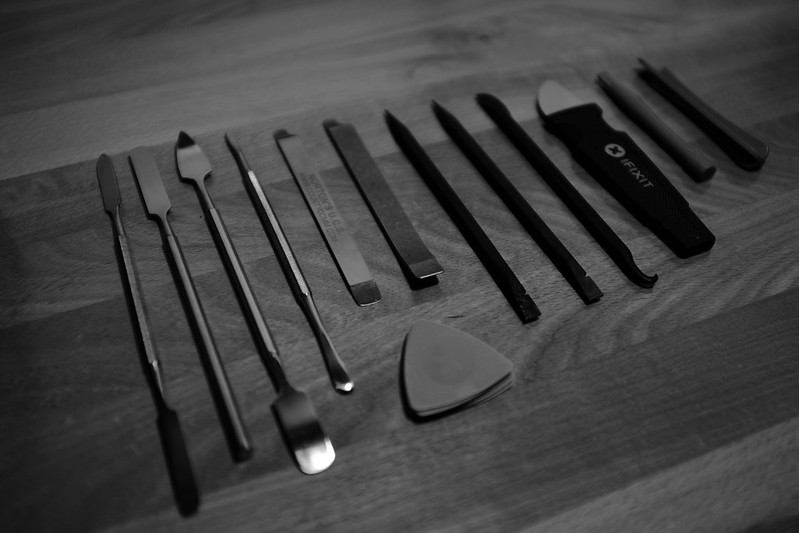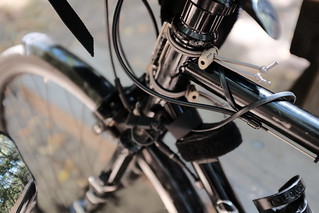I find it kind of funny (I find it kind of sad) that I need a collection of shivs and shanks just to open modern electronics.
Instead of, you know, a screwdriver.
On the plus side, I have most of the tools I’d need for an exciting career in dentistry on Isla Nublar.






